From July 10 to August 9, 2022, an expedition to Altai was conducted, its route passing through many regions of Central Russia, Tatarstan, Bashkortostan, and Kazakhstan. The research group included employees of the A.N. Severtsov Institute of Ecology and Evolution RAS from the Laboratory of Comparative Ethology and Biocommunications: Chief Researcher N.Yu. Feoktistova, Senior Researcher P.L. Bogomolov, researcher M.V. Kropotkina, graduate students - A.V. Gureeva and V.P. Kupriyanov, senior researcher of the Laboratory of Ecology of Aquatic Communities and Invasions E.A. Katsman and postgraduate student of the Laboratory of Behavior and Behavioral Ecology of Mammals S.I. Meshchersky, trainee student I.D. Davydov and volunteer E.S. Kiselev. The expedition was headed by the Laboratory of Comparative Ethology and Biocommunication Correspondent of RAS A.V. Surov.
The group traveled in a Ford Transit car - not a decisively "field" vehicle, but a roomy comfortable car, capable of withstanding long treks. The farthest point of the route was Gorno-Altaisk. The total length of the route was more than 9000 km.

The expedition had several goals, and they included not only the collection of samples of rodents and insectivores, although, of course, true hamsters and up to five other closely related species of rodents that could be encountered on the route were the priority (out of 17 living in Eurasia). Custom net traps, made by laboratory staff specifically for this trip, were used to capture the largest members of the Cricetinae subfamily. The assessment was carried out of the species diversity of mammals, the state of their generative system, and tissue samples were taken for molecular genetic analysis. In addition, at the request of the laboratory staff for studying the ecological functions of soils, soil samples were collected at predetermined points, and for the laboratory of the ecology of aquatic communities and invasions, water from reservoirs and streams to determine the content of small crustaceans and samples of ichthyofauna.
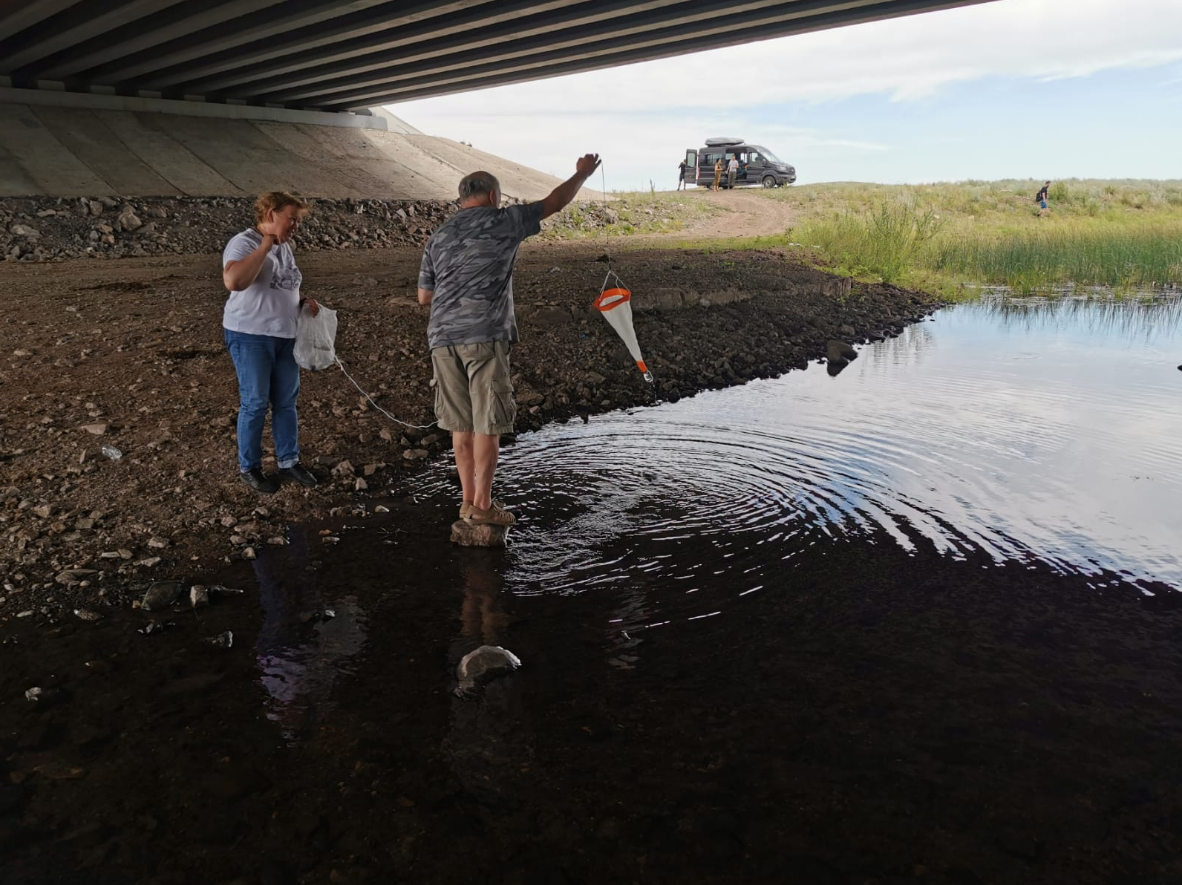
In addition to collecting biological material, the expedition members enriched their landscape outlook by sightseeing the most beautiful places in Central Russia and Siberia and species of animals they had no prior personal knowledge of. Any trip is also valuable by making new acquaintances, establishing friendly and scientific ties. A separate story could be written about each point of the route. But here we will focus on only five of them - two protected areas - the Buzuluksky Bor National Park and the Naurzum State Nature Reserve, the capital of Kazakhstan - Nur-Sultan, and an unusually beautiful wild place in the foothills of Altai - the village of Surtaike. The fifth, most interesting point of our route is Denisova Cave, which became a kind of bonus for the expedition, since we did not originally plan to visit it.
The first working point of the expedition was the Buzuluksky Bor National Park, located 1200 km east of Moscow in the Orenburg region. Regular forest management in this place has been carried out since the end of the 18th century. In 1903, Borovoe experimental forestry was created, including a dendrological garden. Part of the territory of the forest area since 1917 became a reserve, which lasted about 17 years. Later, a state reserve operated on the territory of the pinery, which later received the status of the Federal State Institution of the National Park. The Buzuluk pine forest is remarkable in that it is the only large insular forest in the whole steppe of Eurasia. It plays a key role in the ecology of the Middle Trans-Volga and to the South-West of the Ural mountains, creating a milder microclimate and holding back southern dry winds. The pine forest that anchors the dunes appeared here about ten thousand years ago. In 1769, Peter Simon Pallas, Academician of the Imperial Academy of Sciences, visited this place and described the beauty of the Buzuluk pine forest. Unfortunately, only one of the pines that met Pallas has survived to this day, which is now surrounded by honor and respect. This pine tree could be seen not only by Pallas, but also by Emelyan Pugachev, who was hiding in these forests. It survived wars and revolutions and now astounds with her beauty and huge diameter.
We arrived at this wonderful place at almost two in the morning. The head of the scientific department of the Buzuluk pine forest, Aleksey Gennadyevich Leonov, waited for us and placed us in the hospital of the Institute of the Steppe of the Siberian Branch of the Russian Academy of Sciences. Already completely exhausted, we fell on our beds and fell asleep until morning. And at dawn we saw the magical garden in which our building stood, and a small river in which you could swim. Then there was an excursion around the territory of the Park and the Arboretum, which was conducted by Alexei Leonov.
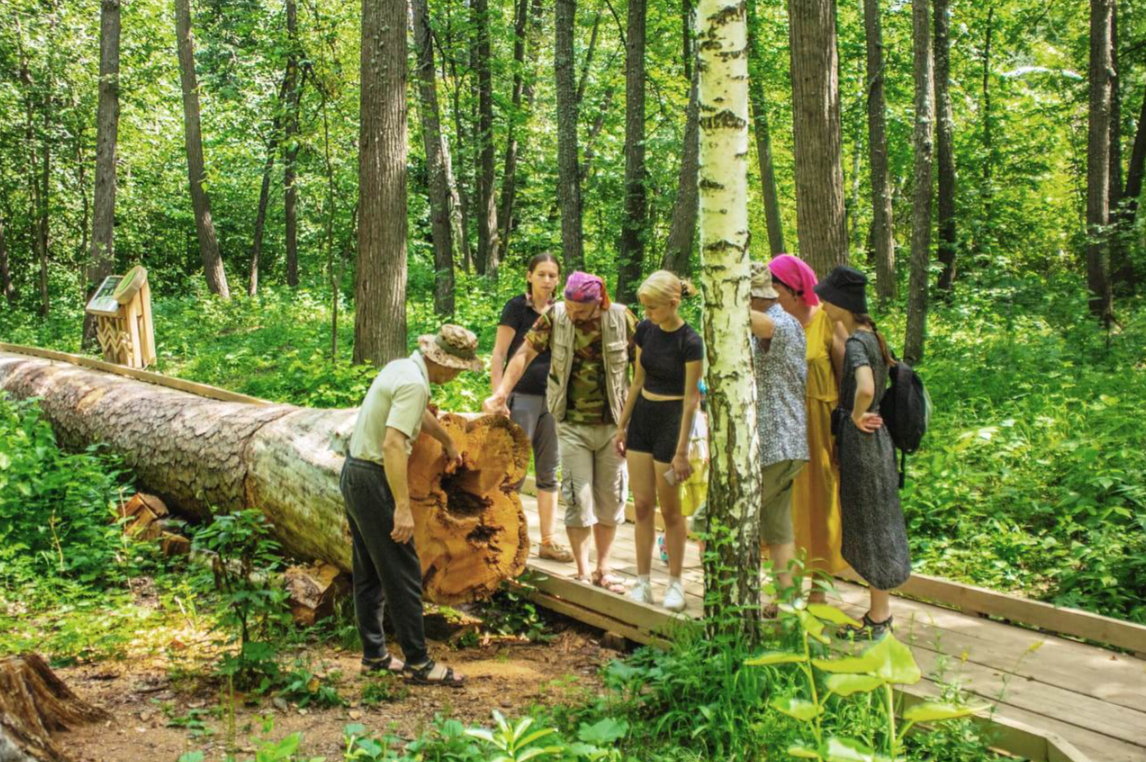
Buzuluk pine forest has a very interesting history. At the beginning of the last century, the remarkable botanists G.F. Morozov, V.N. Sukachev, P.A. Zemyatchinsky, E.P. Knorre, A.P. Tolsky, G.N. Vysotsky, who conducted botanical experiments - planted pines, watched their growth and development, created a dendrogarden. And now the work on environmental education is in full swing here. An ecological trail has been built, and there is a small museum. In it we found on display the carcass of a common hamster, the main object of our research, as well as a well-made stuffed muskrat. Now, it seems that these species are no longer in the Buzuluk forest, or they are very rare. Therefore, DNA samples are of great value, since they allow to establish their belonging to certain genetic lines. We will be able to answer the last question when we analyze these samples. In total, about 40 species of mammals, 144 species of birds, 8 species of reptiles, 4 species of amphibians, 23 species of fish and about 800 species of insects live in the Buzuluk forest. However, these statistics are very approximate and require clarification. We spent two days in the reserve, set live traps, caught interesting species of rodents. But, of course, we need to visit it for a longer period of time and conduct thorough research. The park is open to scientists, and we signed an agreement on scientific and technical cooperation with the director of the Buzuluksky Bor National Park, Andrey Aleksandrovich Latypov.
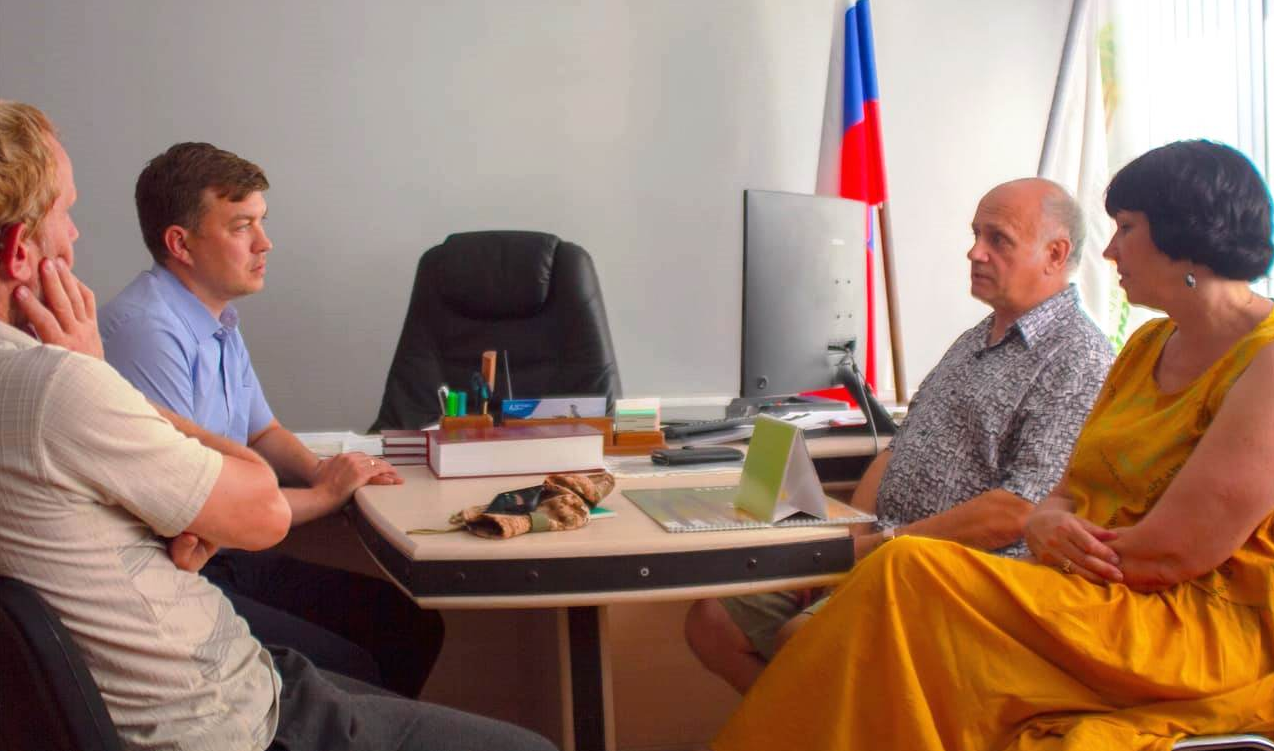
The next point of the route was the Naurzum State Nature Reserve. Unique, possibly relict groups of mammals, in particular, rodents, live here.The collection of Eversman's hamsters (Allocricetuluseversmanni) was created there, the morphological parameters of which differed significantly from the animals living in other territories. The situation is similar to that of the common stylodipus (Stylodipustelum), as well as with some other species of mammals. But genetic analysis has not been carried out before, and we needed to obtain tissue samples of these species in order to understand whether the Naurzum Reserve is a refugium.
At the entrance to the reserve, we were met by the ornithologist Rishat, who spent all three days with us (literally from morning until late at night). Already on the day of arrival, we managed to set up all the trap gear we have. Checking the traps the next day did not please us too much - for 100 traps we caught only one steppe mouse. The whole day we explored the reserve in search of suitable biotopes for catching Eversman's hamsters and, in the end, we set traps 40 km outside the territory of the reserve on an old fallow. It turned out that the choice was absolutely correct, and in the morning a pleasant surprise awaited us - as many as 4 Eversman hamsters. We were absolutely happy, especially Anya Gureeva, who will soon defend her Ph.D. thesis, the main object of which is Eversman's hamster.
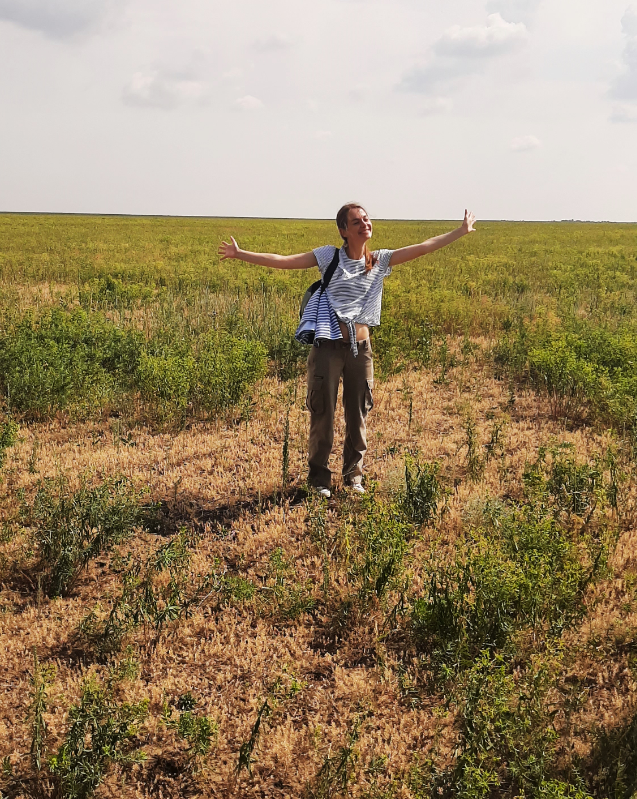
At night, we organized a “safari” to catch jerboas and caught four of them almost with our bare hands. In the headlights, we also came across other species, for example, the great jerboa (Allactaga major), which we could not catch up with. However, the safari inspired all the participants of the expedition very much, for many it was the first experience of night hunting with a net. Already in the village we managed to catch two long-eared hedgehogs (Hemiechinus auritus) and also take samples from them. The most interesting thing is that our road to the traps was also very productive. Directly under the wheels, we found a downed great jerboa, which we failed to catch during the "safari". In addition, we saw roe deer, several groups of saigas (20-30 head each), a badger and a whole family of wild boars. Rishat also showed us the Imperial Eagle's nest with a chick. We got acquainted with the museum of the reserve, where we saw beautifully executed landscape dioramas, and checked out the library. As a gift to the library, we presented the latest edition of the Red Book of the Russian Federation (2022).
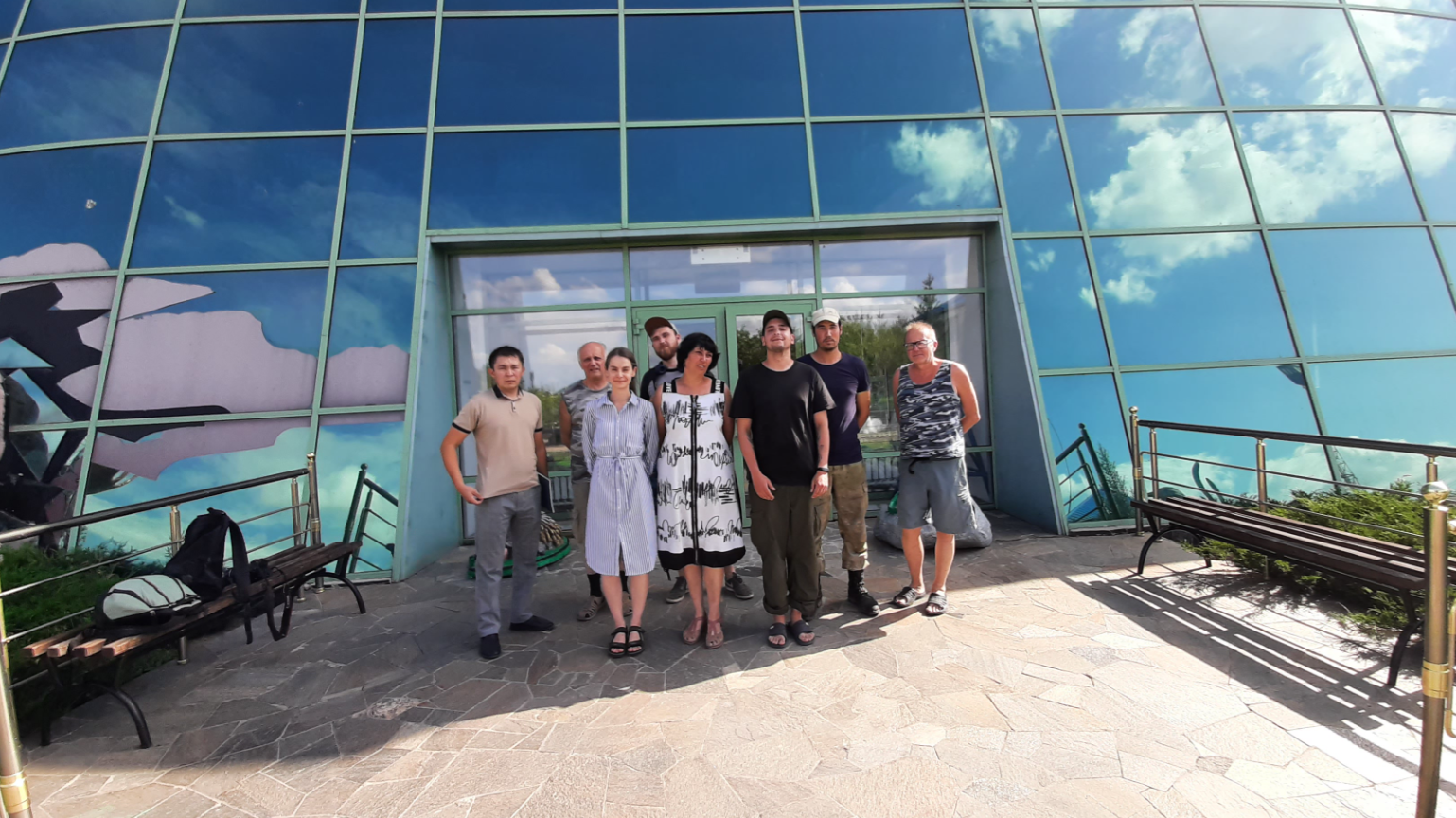
The next day we went to the capital of Kazakhstan, the city of Nur-Sultan, located 700 km from the Naurzum nature reserve. We arrived in the city at 21.00, but managed to go to the Presidential Park, set up traps there and take pictures of common hamsters, which had already begun night activity. In general, we worked productively in the Park and returned to the hotel only at two in the morning. In the capital of Kazakhstan, we met with ecologist Alyona Koshkina, an employee of the Kazakhstan Association for the Conservation of Biodiversity. In addition to the fact that Alyona provided us with invaluable assistance in organizing a trip around Kazakhstan, including obtaining permission to trap and work with animals, she gave us several dozen samples of rodent tissues that she had previously collected. On this day, we managed to map more than 150 burrows of the common hamster in the Presidential Park, and in the evening we were able to capture (with sampling) and make a video recording of the behavior of the common hamsters in the city.
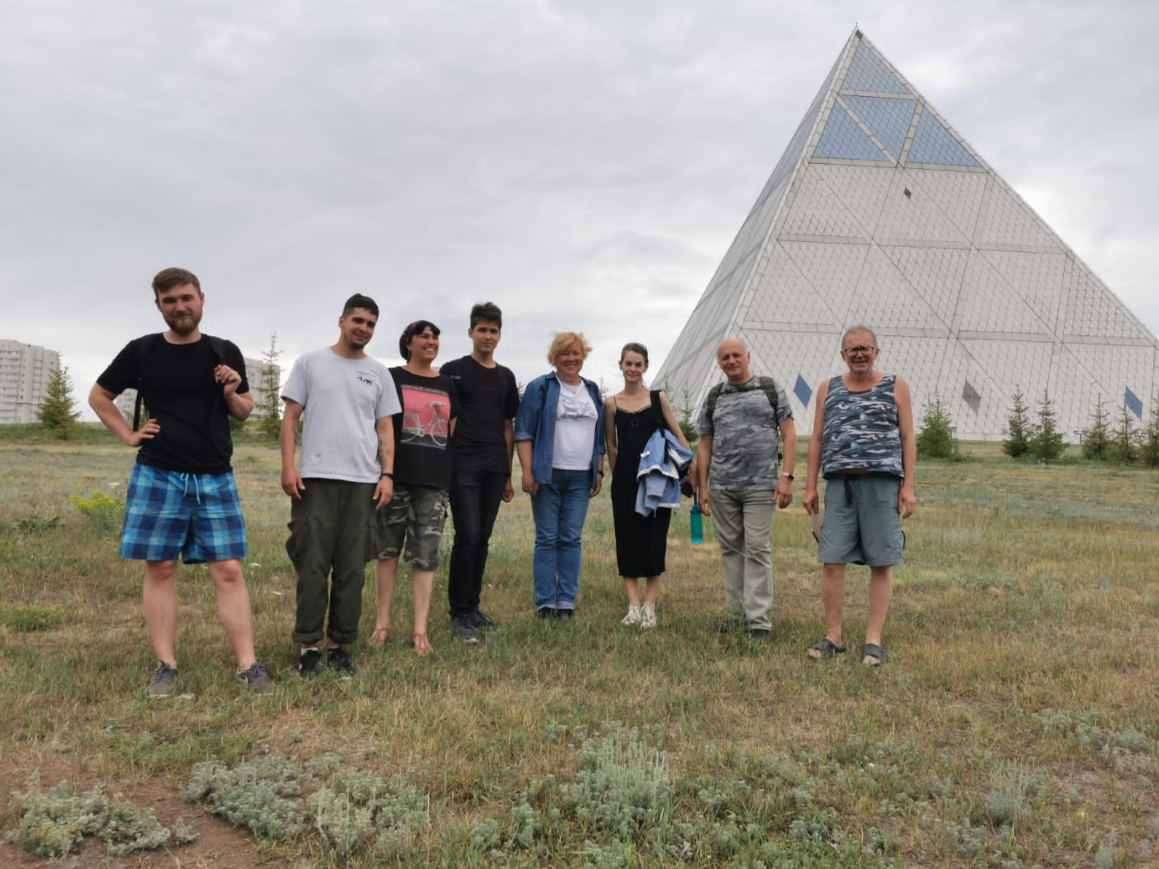
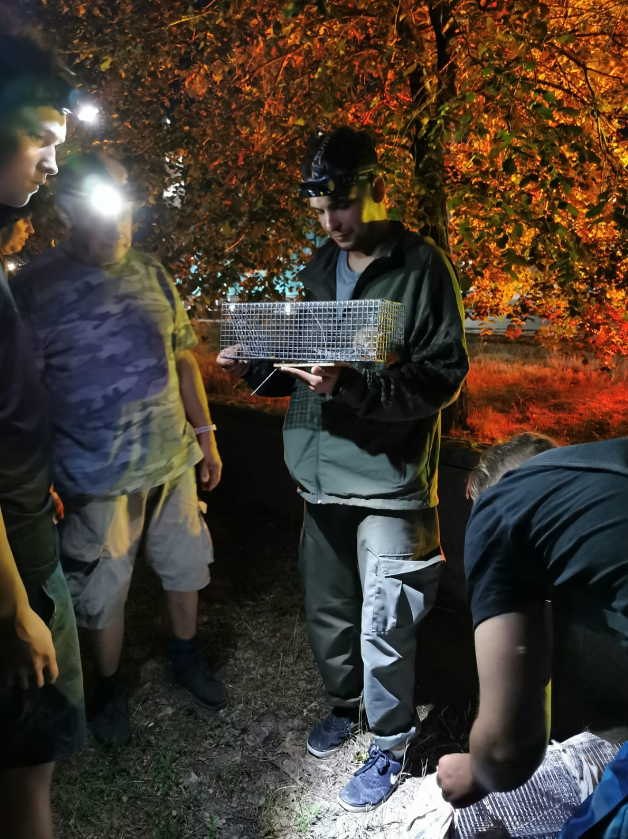
We started this work in 2018. New data will allow us to investigate the level of leation between the hamsters living in the central part of the city.
One of the main goals of our expedition was to work with the natural population of the common hamster in the foothills of Altai. The work with such a population was conducted in 1957-1959 by Evgenia Vasilievna Karaseva, the well-known Russian biologist, doctor of biological sciences, and an employee of our Institute. An article published by her in the Zoological Journal in 1962 and devoted to the spatial structure of this species is referred to by almost everyone who works with the common hamster. After E.V. Karaseva, no one worked here, and no one was involved in the studies of the spatial structure of the natural populations of this species. We decided to check what happened to the hamsters in this place, and, using modern methods, tried to repeat the experience of E.V. Karaseva. However, we did not know the exact place of work. For help, we turned to a member of the 1958 expedition, the well-known epidemiologist Eduard Isaevich Korenberg, who showed it on a satellite image and described it in detail. Thanks to this, we came to the exact place where the work was carried out 60 years ago. Surprisingly, during this time, almost nothing has changed in the vicinity of the village of Surtayka. Very beautiful meadows with many flowering plants, a river, an apiary. In general, everything is as before, when Evgenia Vasilievna's team worked in these places. Few people still live there. Small villages (Old and New Surtayka) are located in the same place where they were 70 years ago. But we did not find hamsters in the wild. Maybe there are just very few of them, and it is difficult to catch the animal in August, when their activity is already decreasing.
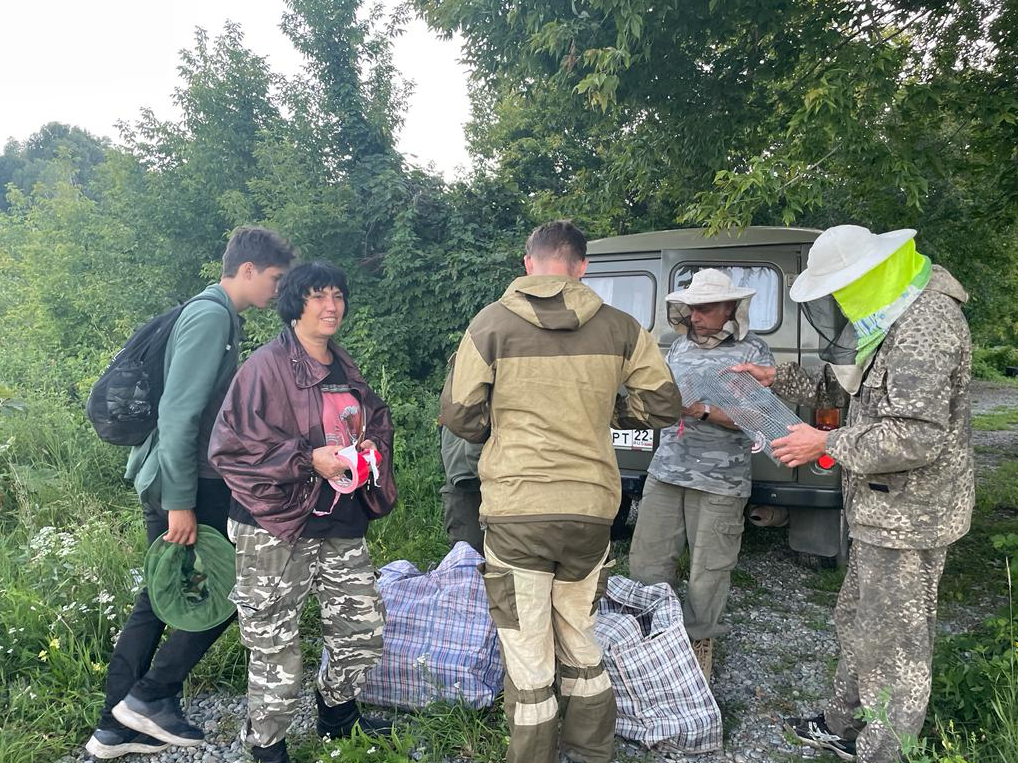
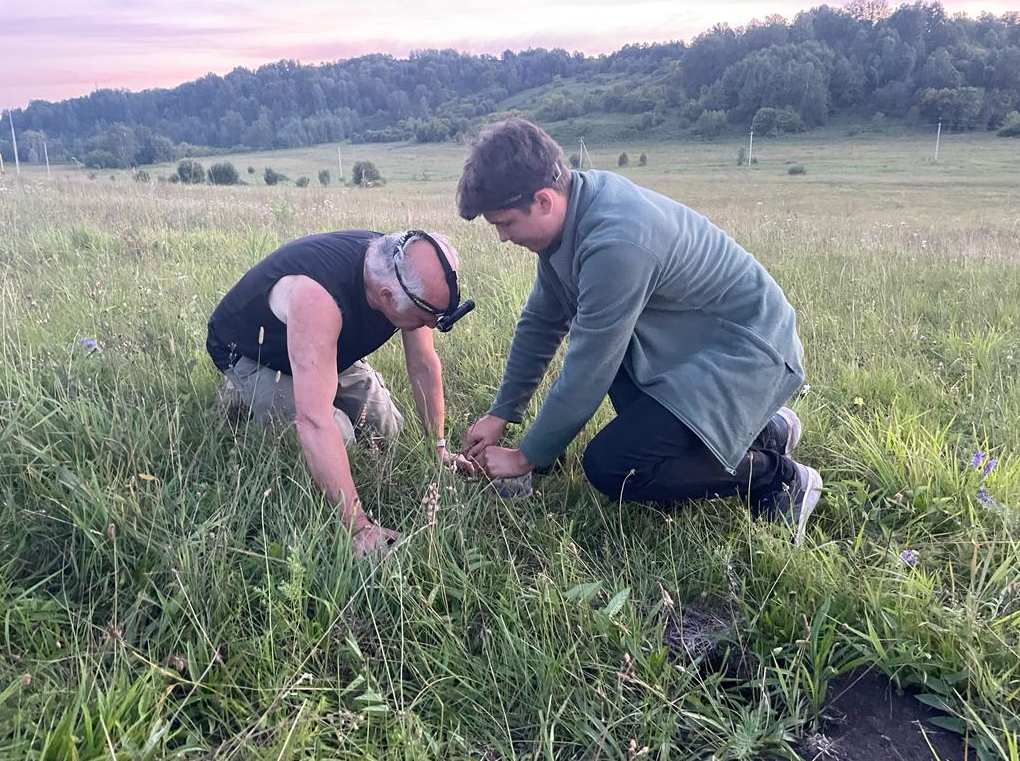
After the failure in Surtayka, we decided to use the saved time and somehow cheer up. We went to visit the wonderful paleontologist Alexander Karenovich Agadzhanyan, who at that time was working on excavations in the world-famous Denisova Cave. Interestingly, he was also a member of the expeditions of E.V. Karaseva in Altai, while still a schoolboy, but not on the river Surtayka, and in a different place.
Denisova Cave is famous for the fact that a new species of man, Homo denisovensis, was found and described here, who 40 thousand years ago existed on the same territory as the Neanderthal and modern man. It was shown by molecular genetic method that Denisovans hybridized with Neanderthals. But our interest was also in the fact that teeth of ancient common hamsters were found in the same cave. Alexander Karenovich gave a wonderful tour of this world-famous cave.
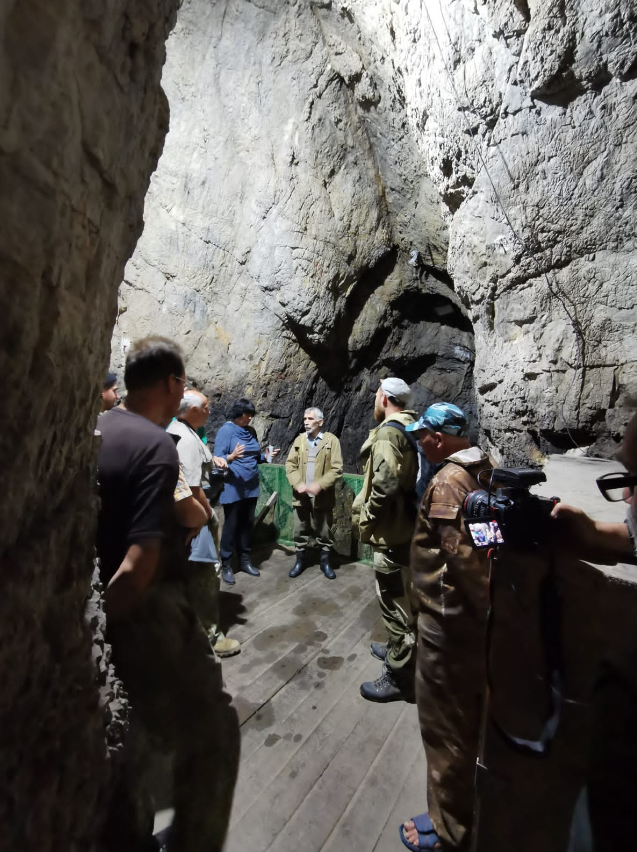
And we, in turn, studied the modern fauna of rodents and insectivores.
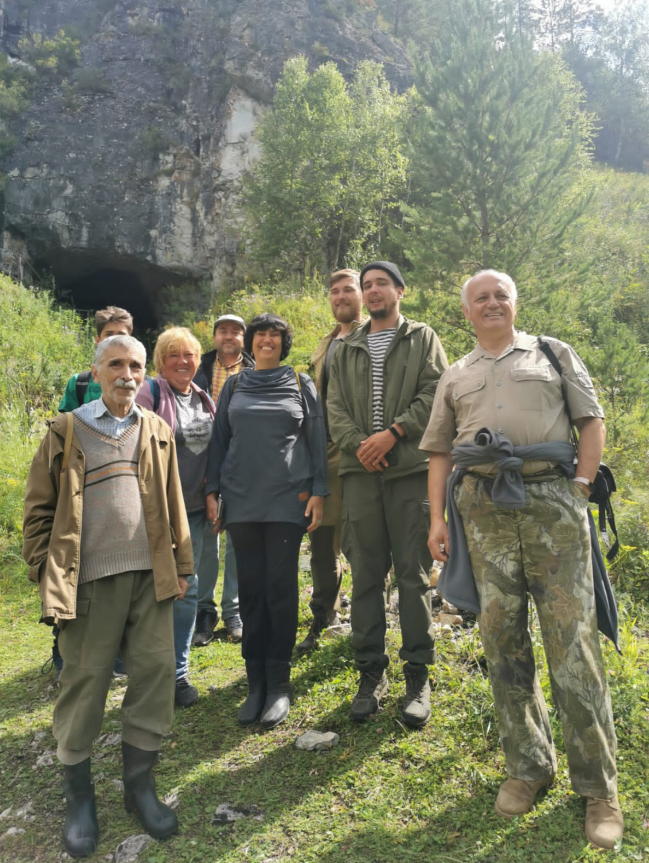
After visiting the cave, we turned back and were successful in catching common hamsters at almost all the camps that we had near the cities of Biysk, Tatarsk, Kurgan, Omsk, Chelyabinsk.
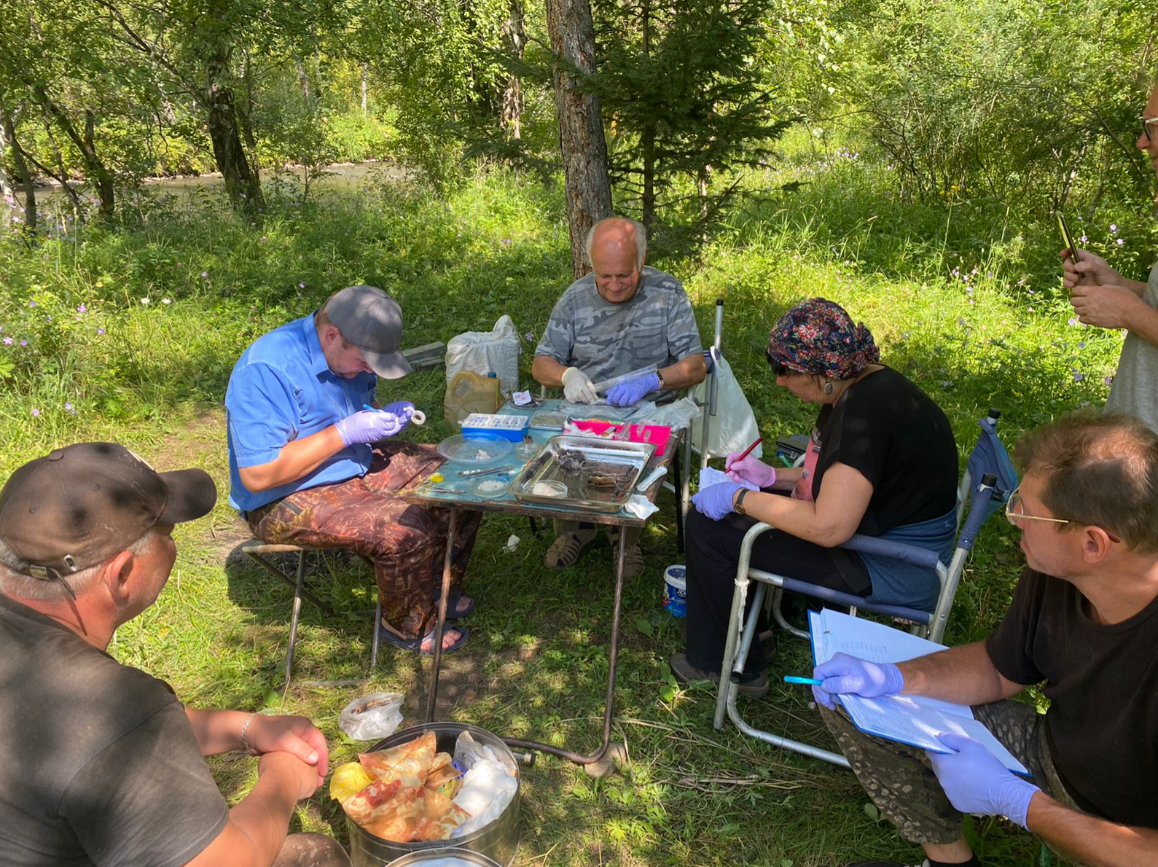
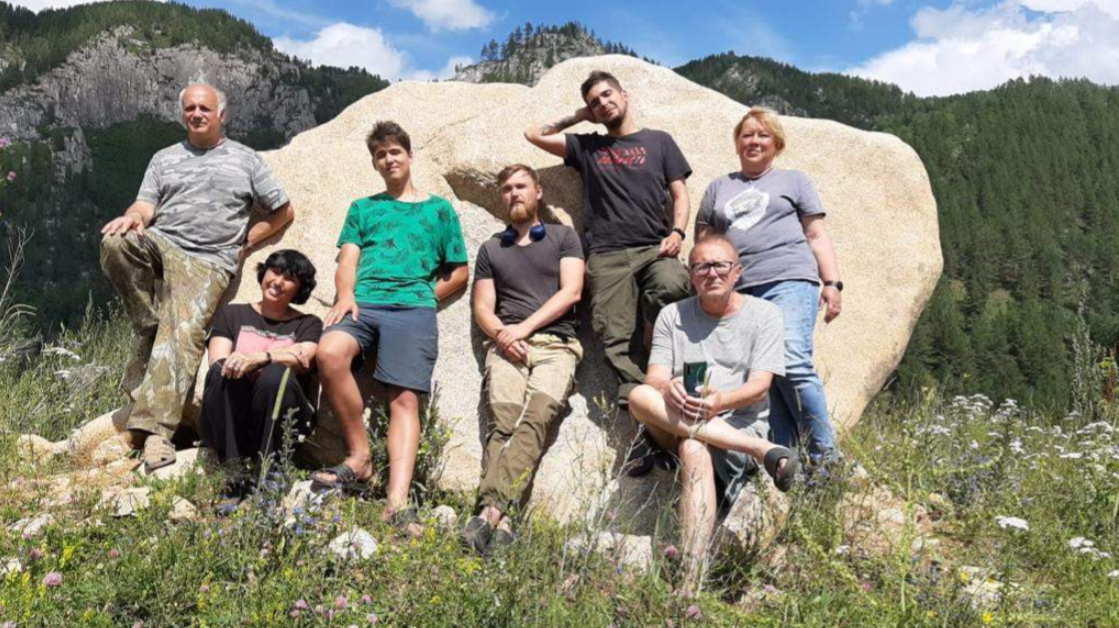
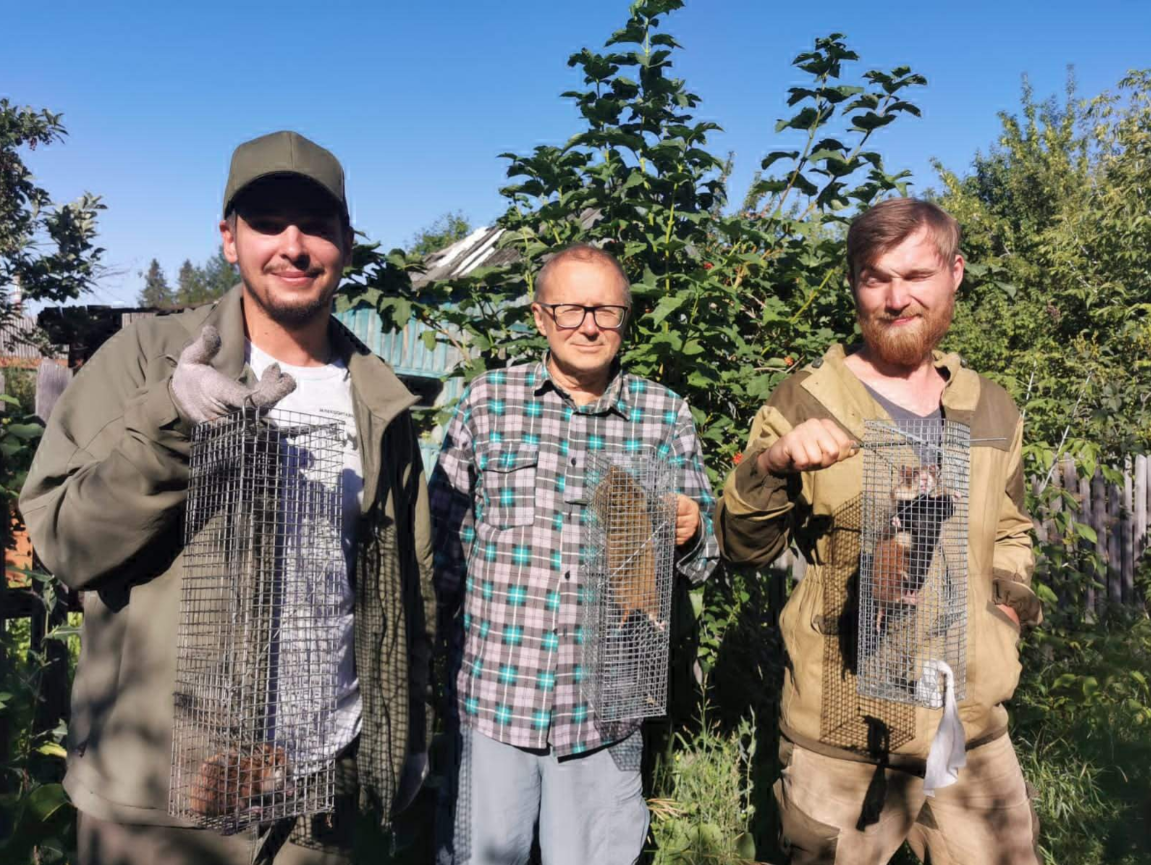
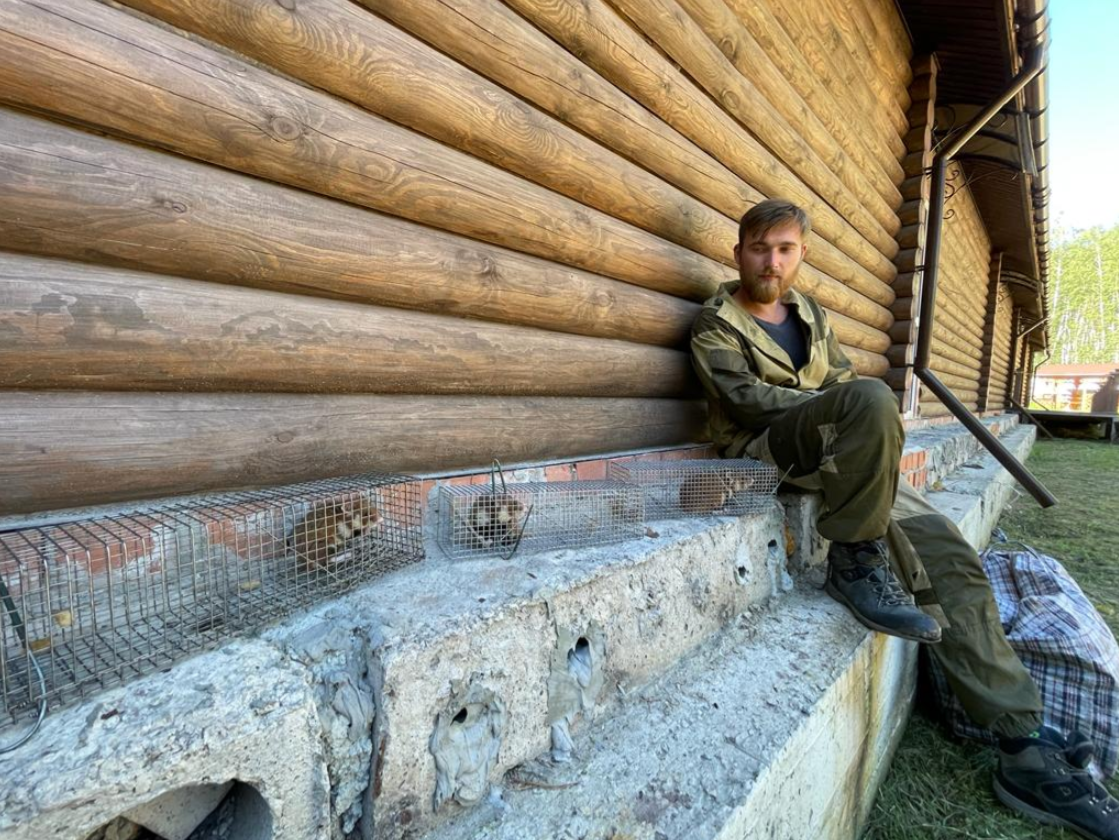
Success was a foregone conclusion thanks to the enormous work carried out by our employee P.L. Bogomolov, who developed a method for processing information using the analysis of search queries on the Internet about people's encounters with this species. The genetic material obtained from these animals will allow us to establish the placement of the border between the two largest phylogroups of this species, the European (E) and Altai (A).
Our expedition ended where it started, in Moscow. Most of the planned scientific tasks were completed, and the rather difficult route, despite the intense heat, left the most pleasant memories.
N.Yu. Feoktistova
A.V. Surov
